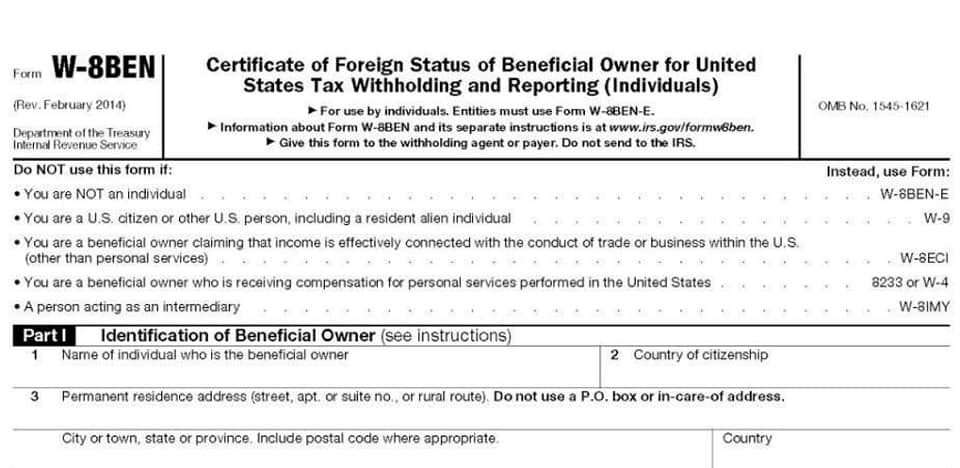
Additionally, we will discuss how Tookitaki, a leading provider of audit software solutions, can support organizations in their internal and external audit processes. Internal auditors focus on evaluating risks, controls, and processes across the entire organization. They provide insights and recommendations to improve operational efficiency and effectiveness. Internal audit is an essential component of corporate governance that plays a crucial role in ensuring the integrity and transparency of organizational operations. In addition to providing assurance and value-added services, internal audit functions as a strategic partner to senior management, offering insights and recommendations balance sheet to drive continuous improvement.
How to streamline the audit process
External auditors, on the other hand, may review the effectiveness of the organization’s AML/CFT program as part of their audit procedures. They examine the organization’s compliance with AML/CFT regulations and provide an independent assessment of its effectiveness. Our internal audit experts deliver risk-based and objective assurance and advice to address strategic, financial, operational, regulatory and fraud risk areas. In short, the two functions share one word in their names, but are otherwise quite different. Larger organizations typically have both functions, thereby ensuring that their records, processes, and financial statements are closely examined at regular intervals. The frequency and timing of audits also differ significantly between internal audits vs. external audits.
Unmasking Supply Chain Fraud: A Growing Threat to Global Business
- Internal auditors are employees of a company who provide objective and independent reports on a company’s finances, operations and management practices.
- These audits are typically performed by internal staff, often under the guidance of an internal audit department or chief audit executive (CAE).
- These systems decrease internal auditing costs, reduce compliance worries and help auditors organise their reports more easily.
- The scope of their work is directed by management, but they maintain objectivity and independence by reporting to the audit committee or the board.
- The internal audit function should ideally be improvement-oriented—How can our governance and risk management processes be more effective in managing risk and supporting organizational objectives?
- CAEs may need to increase reliance on sources of risk information such as management’s risk assessments, meetings with the board and senior management, and the results of previous engagements and other audit work.
Internal audit reports include findings, recommendations and management responses to address identified control deficiencies and improve operational effectiveness. Internal audit reports may also include observations and best practices to enhance the organization’s governance and risk management processes. The scope and focus of an audit are tailored to its objectives, which differ markedly between internal and external audits. Internal audits are designed to be comprehensive in nature, examining not only financial records but also operational aspects of the organization. They may evaluate the efficiency of operations, the effectiveness of systems in place, and compliance with internal policies.
Pros of an Internal Audit
- Digitised records and automated accounting software can help your company streamline the process, automatically find inconsistencies, and visualise data to inform executive decisions.
- Internal audits, especially when coupled with accounting services for small business, can provide valuable insights into cash flow management, operational efficiency, and risk assessment.
- These tools can automate repetitive tasks, facilitate document management, and provide real-time insights into audit progress and findings.
- Internal audit methodologies may include interviews, process walkthroughs and testing of controls to evaluate their effectiveness.
- These reports point out ways that internal controls can be optimized and ideas for streamlining operations.
- Internal auditors report their findings and recommendations to management and the board of directors, specifically to the audit committee.
External Auditor may use the work of the internal auditor if he thinks fit, but it does not reduce the responsibility of the external auditor. Internal Audit acts as a check on the activities of the business and assists by advising on various matters to gain operational efficiency. Audit alludes to a process of independent checking of financial records of an organization, so as to give an opinion on the financial statement. Internal Audit is not compulsory by nature but can be conducted to review the operational activities of the organization.

The Institute of Internal Auditors (IIA) Global Internal Audit Standards (Standards) are officially in effect as of Jan. 9, 2025—introducing new domains, principles and standards that internal audit functions must follow. This article provides an overview of these changes and offers guidance on preparing for an external quality assessment (EQA) to help ensure compliance and enhance the effectiveness of your internal audit function. An external audit looks at the accuracy of a company’s financial statements and whether its accounting practices comply with all applicable rules and regulations. The auditor also verifies that the financial reports and records offer an accurate picture of internal vs external audit the company’s performance. They are always looking for ways to refine processes, improve compliance, and bolster internal controls.

Great Plains vs. NetSuite ERP: Key Differences & Tips for Migration
These tools can automate repetitive tasks, facilitate document management, and provide real-time insights into audit progress and findings. In essence, internal auditors are there to make sure the company is running as efficiently, effectively, and honestly as possible. If your organization is looking to mitigate risk, improve processes and controls, and integrate measures to help prevent fraud, our experienced team at Bridgepoint Consulting is here to help. The final audit report is provided to an organization’s management team, Board of Directors and other stakeholders. With preventative and detective controls integrated across the BlackLine platform, organizations can streamline their audit processes and improve their overall audit readiness.

- Given all the above, the question (often) becomes—how do we help ensure compliance with the Standards?
- With a centralised platform for all auditing activities, you’ll find it’s simple to drive engagement and ensure the necessary contributions.
- The Institute of Internal Auditors (IIA) emphasizes that the two functions do not compete or conflict; rather, they both contribute to effective governance.
- Their advanced analytics and automation tools can aid internal auditors in identifying potential risks and inefficiencies faster and more efficiently.
- Internal audit activities may include risk assessments, audit planning, fieldwork, and reporting to provide valuable insights and recommendations for improvement.
This proactive approach allows internal auditors to work closely with management to implement corrective actions and strengthen internal controls. Internal audit plays a crucial role in helping organizations achieve their objectives by providing independent and objective assurance on the effectiveness of risk management, control, and governance processes. By evaluating the adequacy and effectiveness of internal controls, internal audit helps organizations mitigate risks and safeguard their assets. An internal audit is an essential component of a company’s corporate governance and risk management processes. It involves an independent and objective evaluation of an organization’s internal controls, risk management, and governance processes.

Both internal and external audits adhere to different timelines and frequencies based on their objectives and regulatory requirements. Internal audits are conducted periodically throughout the year, balancing routine checks with the need for in-depth assessments. The frequency of internal audits may vary depending on the organization’s size, industry and risk profile. Internal auditors assess the effectiveness of internal controls and risk management processes on an ongoing basis to ensure timely identification and remediation of control deficiencies. Documentation and reporting practices differ between internal and external audits based on their objectives and stakeholders‘ requirements. Internal audits produce detailed reports facilitating organizational improvement, often communicated internally to stakeholders.
Small Audit Functions, Large Audit Abilities
The process involves a thorough review of the company’s financial records, internal controls, and operational procedures. The external auditor assesses the financial statements to identify errors or frauds and makes sure that the company is compliant with specific regulations or laws. It provides a continuous check on the organization’s processes and controls and helps proactively https://www.bookstime.com/ address issues before they lead to bigger problems and/ or financial losses. While large companies have in-house auditors, small businesses often entrust their internal audit processes to professional auditing companies to identify any areas of risk or inefficiency. Internal auditors play a vital role in helping organizations achieve their objectives by evaluating and improving the effectiveness of risk management, control, and governance processes. Their independence allows them to objectively assess the organization’s operations and provide valuable recommendations for enhancing efficiency and mitigating risks.






